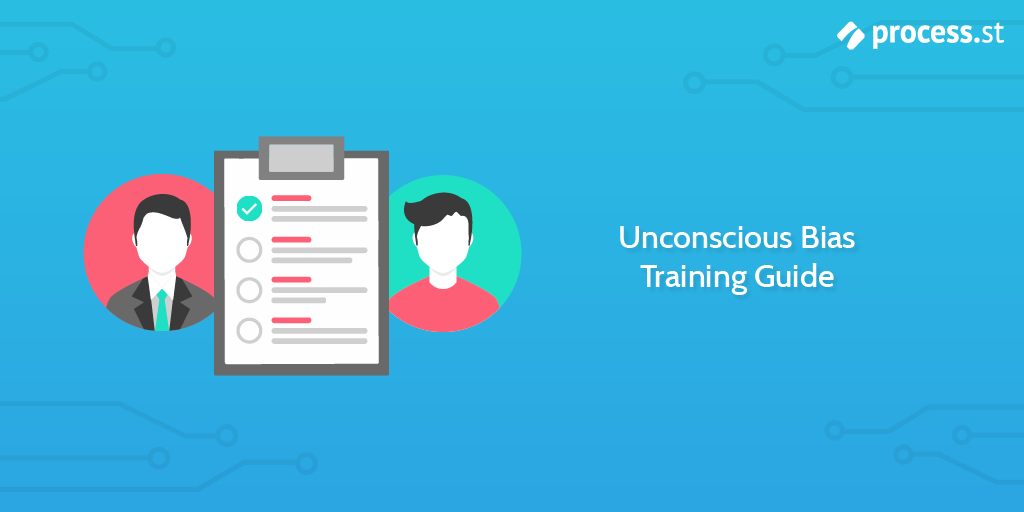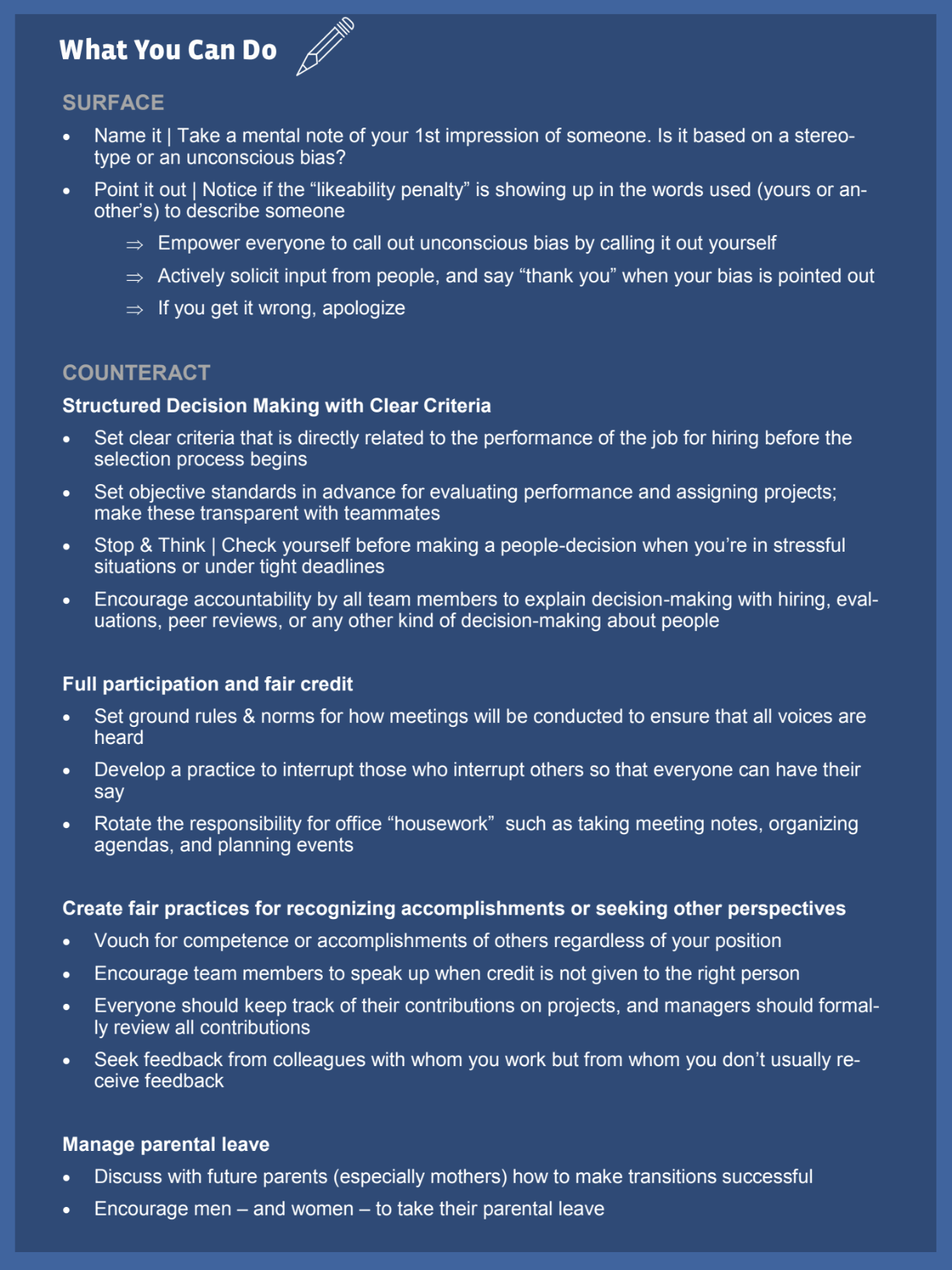Understand how unconscious bias has a negative impact on employees.
Unconscious bias can primarily affect people emotionally and psychologically. However, the impact of bias can go far deeper. Below you'll find a list of 5 work-related implications of unconscious bias. Read them to understand the negative implications of bias.
This is not an exhaustive list. There are many other ways bias affects people both in work and in other areas of life.
Undermined recruiting efforts
Unconscious biases get in the way of recruiting the right people in lieu of people you share common traits with. This is what's known as affinity bias.
Disengagement from workers
Studies show employees working at larger companies who perceive bias are almost 3x more likely to be disengaged at work. If an employee feels they aren't being given the same opportunities as their colleagues due to bias, they won't be as productive.
Higher employee turnover
Employees who perceive bias are more than 60% more likely to search for other roles. This has multiple implications. Firstly, the person in question doesn't have job stability due to perceived bias. Secondly, if they do leave, this ultimately costs the company 50%-60% of an annual salary to find a direct replacement.
Diminished psychological safety
Psychological safety in the workplace is paramount; without it, employees can't do their best work. But without feeling like they're a part of a safe and inclusive environment - which biases certainly impact - feelings of psychological safety will be diminished.
Heavy emotional toll
Experiencing negative bias can have massive repercussions on a person's emotional state. People who perceive negative bias are 2x more likely to feel anger and sadness, according to studies.





